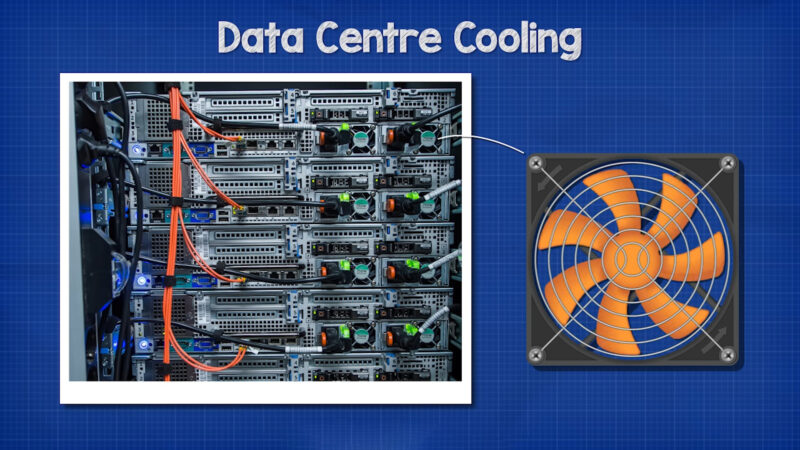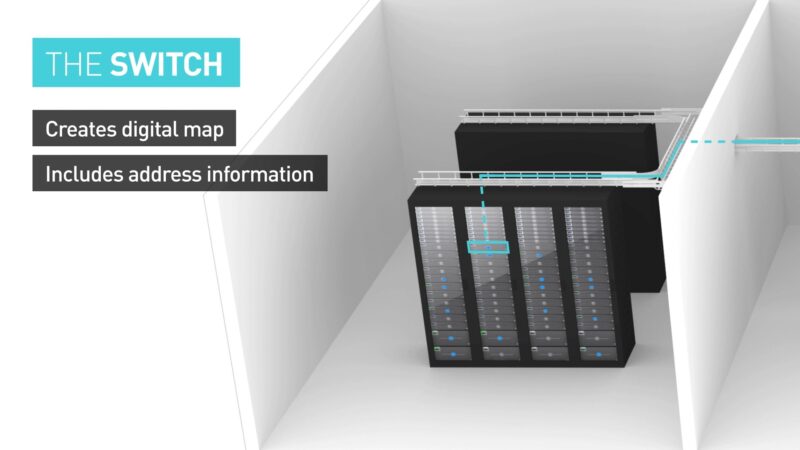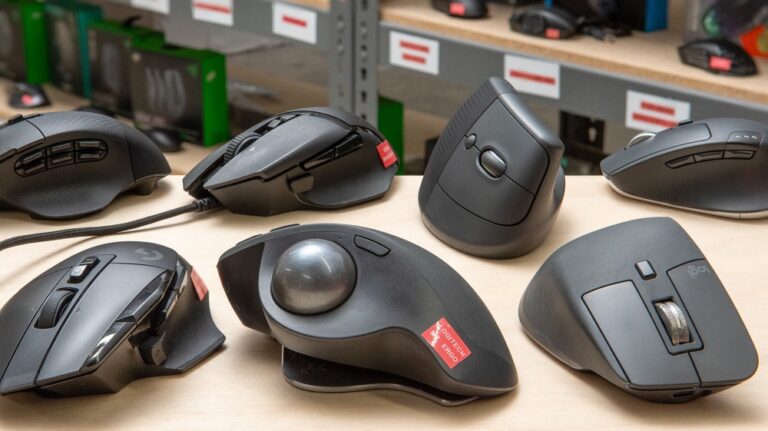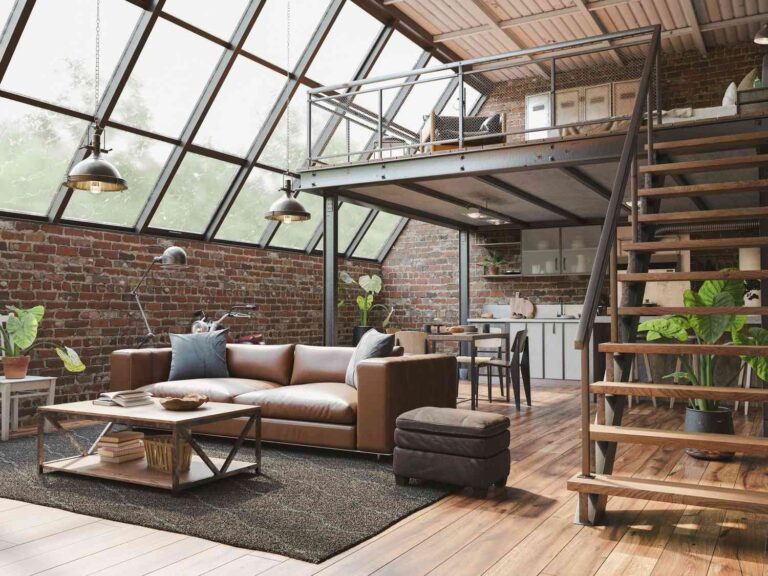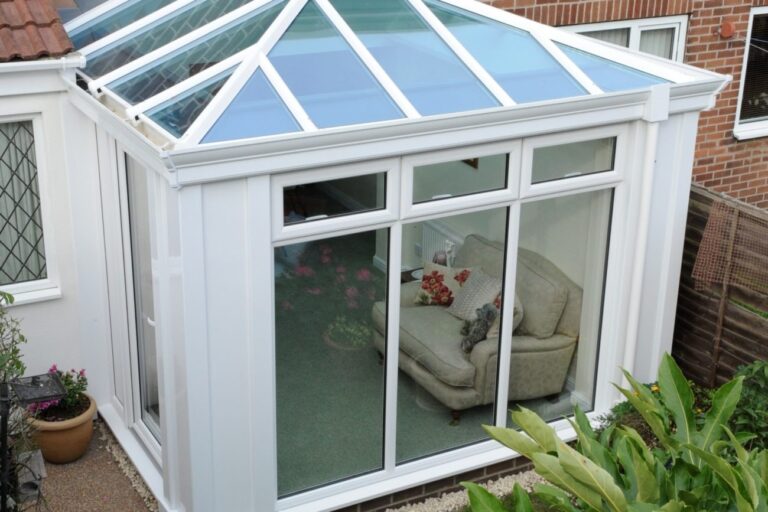Welcome to the ultimate guide on Data Center Design! Whether you’re a seasoned IT professional or a business owner looking to expand your infrastructure, this blog post aims to be your one-stop resource.
We’ll delve into the intricacies of designing a data center, from the basics to the advanced, making this complex subject digestible for everyone. A data center is essentially the backbone of a company’s IT operations. It houses the servers, storage devices, and networking equipment that keep your business running smoothly.
Think of it as the brain of your organization, where data is processed, stored, and accessed. Data centers have evolved significantly over the years.
Gone are the days when a few servers in a closet sufficed. Modern data centers are complex facilities requiring meticulous planning and design to ensure optimal performance, security, and scalability.
Importance of Data Center Design
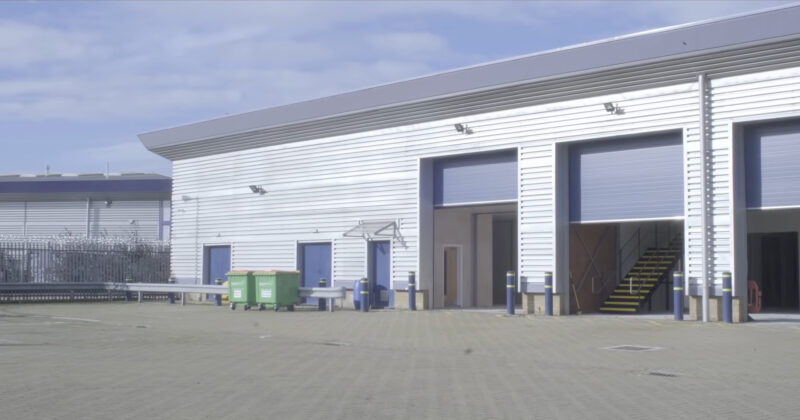
Designing a data center is not just about stacking servers and routers. It’s an intricate process that involves a multitude of considerations, from cooling systems to data security measures. A well-designed data center not only ensures efficient use of space but also minimizes energy consumption, thereby reducing operational costs.
The importance of data center design extends to business continuity. A poorly designed facility is susceptible to outages, which can be catastrophic for any business. Hence, understanding the nuances of data center design is crucial for long-term success.
Planning Phase
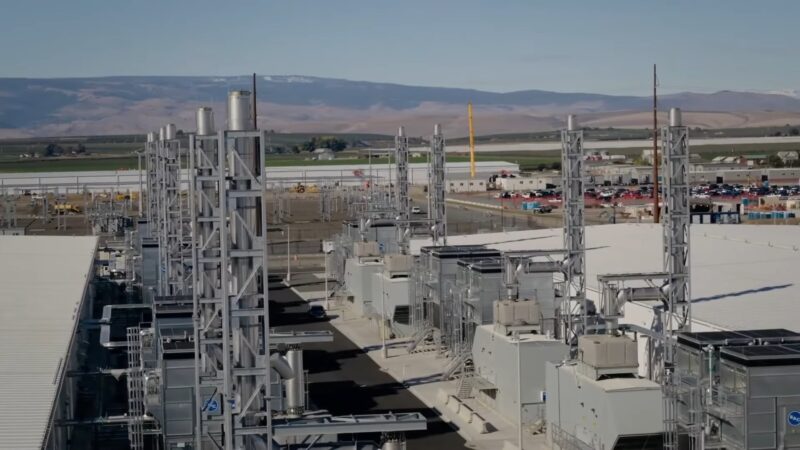
Before you even think about blueprints or server racks, you need to understand what your business actually needs. This involves a thorough analysis of your current IT infrastructure, future growth projections, and the kind of data you’ll be handling.
- Current IT Infrastructure: Evaluate the existing setup to identify bottlenecks or inefficiencies.
- Growth Projections: Estimate how much your data storage and processing needs will grow in the next 5-10 years.
- Data Types: Understand the kinds of data you’ll be handling, as this will influence storage and security requirements.
Budgeting and Cost Analysis
Once you have a clear understanding of your needs, the next step is to set a budget. This is often a balancing act between what you need and what you can afford.
Keep in mind that cutting corners in data center design can lead to costly issues down the line.
- Initial Costs: These include the cost of land, construction, and initial setup of IT equipment.
- Operational Costs: These are ongoing costs like electricity, maintenance, and staffing.
Site Selection
Choosing the right location for your data center is crucial. Several factors come into play here, such as proximity to your business operations, availability of skilled labor, and even the political stability of the region.
- Proximity: Closer locations can reduce latency but may be more expensive.
- Labor Market: Consider the availability of skilled professionals in the area.
Environmental Considerations
Environmental factors are often overlooked but are crucial in long-term sustainability. This includes the local climate, as cooling is one of the most significant operational costs for any data center.
- Climate: Cooler climates can reduce cooling costs.
- Natural Disasters: Avoid areas prone to earthquakes, floods, or other natural calamities.
Architectural Considerations
The physical layout of a data center is a critical aspect that can significantly impact both operational efficiency and scalability. A well-planned layout ensures optimal use of space, easy access for maintenance, and efficient airflow for cooling.
- Server Racks: Decide on the type and arrangement of server racks to maximize space.
- Cable Management: Proper cable routing is essential for easy maintenance and reduced clutter.
Cooling Systems
Cooling is not just about installing a few air conditioners; it’s a science. The type of cooling system you choose will depend on various factors like the size of the facility, the local climate, and the density of your equipment.
- Air-based Cooling: Suitable for smaller setups but less efficient for larger data centers.
- Liquid Cooling: More efficient but also more complex and expensive to install.
Power Supply and Redundancy
The electrical backbone of a data center is as crucial as the IT equipment it powers. You need to ensure a stable, uninterrupted power supply to keep your servers running 24/7. This involves not just the source of power but also the distribution within the facility.
- UPS (Uninterrupted Power Supply): Essential for bridging gaps between a power outage and the activation of backup generators.
- PDU (Power Distribution Units): These help in distributing electrical power efficiently across the data center.
Backup and Redundancy
Having a backup power supply is not optional; it’s a necessity. Any interruption in power supply can be disastrous, leading to data loss and business downtime. Therefore, planning for redundancy is crucial.
- Generators: Diesel generators are commonly used as a backup in case of power outages.
- Redundancy: Implement N+1 redundancy to ensure that there is at least one independent backup for every component.
Security Measures
While digital security is often the focus, physical security is equally important. Unauthorized access to the data center can lead to data theft, vandalism, or even sabotage.
- Access Control: Use biometric systems or key cards to restrict access.
- Surveillance: Install CCTV cameras at key points for continuous monitoring.
Cybersecurity
In today’s world, cybersecurity is a concern that cannot be ignored. A data breach can be devastating, both financially and reputationally. Therefore, robust cybersecurity measures are a must.
- Firewalls: These act as a barrier between your data center and unauthorized access.
- Intrusion Detection Systems: These systems monitor network traffic for suspicious activity.
Networking Infrastructure
The networking architecture is the circulatory system of your data center. It needs to be robust, scalable, and, above all, secure. The choice of networking equipment and topology will depend on your specific needs and the scale of your operations.
- Switches and Routers: These are the basic building blocks of your network.
- Topology: Choose between different network topologies like star, mesh, or hybrid, depending on your needs.
Bandwidth and Connectivity
The amount of bandwidth you need will depend on the volume of data you expect to handle. It’s always a good idea to plan for more than your current needs to ensure that you’re prepared for future growth.
- ISP Choices: Sometimes, having multiple ISPs can provide an extra layer of redundancy.
- Peering: This involves connecting with other networks to exchange traffic directly, reducing latency and costs.
FAQ
What is Data Center Virtualization?
Data Center Virtualization involves creating a virtual version of physical components such as servers, storage, and networks. This allows for more efficient resource utilization and easier management.
How important is Disaster Recovery in Data Center Design?
Disaster Recovery is crucial for ensuring business continuity. It involves having a set of policies and procedures to enable the recovery of vital technology infrastructure and systems following a natural or human-induced disaster.
What is the role of Software-Defined Networking (SDN) in a Data Center?
SDN allows for more flexible management of network resources. It enables centralized, programmable control of network traffic, improving scalability and resource utilization.
How do I measure Data Center Efficiency?
Data Center Infrastructure Efficiency (DCIE) is a commonly used metric. It is calculated by dividing IT equipment power by total facility power. A higher DCIE value indicates better efficiency.
What is Edge Computing and how does it relate to Data Centers?
Edge Computing involves processing data closer to its source, reducing latency and bandwidth use. In the context of data centers, this could mean smaller, localized centers closer to end-users.
Final Words
We’ve covered a lot of ground in this comprehensive guide on Data Center Design. From planning and architectural considerations to power supply and security standards, the design of a data center is a complex but crucial aspect of modern business.
Whether you’re a seasoned IT professional or a business owner looking to expand, we hope this guide serves as a valuable resource for you. Stay tuned for more in-depth articles on this subject.
Related Posts:
- Data Center Networking 101: Everything You Need to Know
- What is Cloud Computing? Everything You Need to Know
- Satta Matta Matka Explained - Everything You Need to Know
- 5 Things You Need to Know About Data Center Infrastructure
- Data Center Server Racks and Cabinets: What You Need to Know
- What You Need to Know About Data Center Power Management


